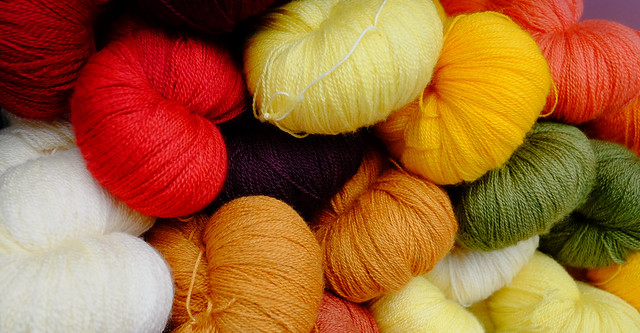Podcast: Play in new window | Download
Today we are looking into, examining, scrutinizing and underseeking the origins of the word investigate.
Investigate [ɪnˈves.tɪ.ɡeɪt/ɪnˈves.tə.ɡeɪt] means:
- to inquire into or study in order to ascertain facts or information.
- to examine, look into, or scrutinize in order to discover something hidden or secret.
- to conduct an inquiry or examination.
It comes from investigation, from the Latin investīgātiō (a searching into), from investīgātus (investigated), from investīgō (I track, trace out, search after, discover), from in- (in, within, inside) and vestīgō (I follow a track, search, investigate), possibly from the PIE root *steygʰ- (to walk) [source].
Related words in English include vestige (a mark left on the earth by a foot; a faint mark or visible sign left by something which is lost, or has perished, or is no longer present), vestigial, and the old word pervestigate (to investigate thoroughly) [source].
A synonym for investigate is underseek (to examine, explore, investigate, spend too little time or effort in seeking). It comes from the Middle English underseken, from the Old English undersēcan [ˌun.derˈseː.t͡ʃɑn] (to investigate, examine), from under (beneath), and sēċan (to look for, seek, visit, attack) [source].
Related words in other languages include onderzoeken (to investigate, research) in Dutch, untersuchen (to examine, investigate) in German, and undersøge (to examine, test, investigate) in Danish [source].
Here’s a video I made of this information:
Video made with Doodly [afflilate link].
I also write about words, etymology and other language-related topics on the Omniglot Blog, and I explore etymological connections between Celtic languages on the Celtiadur.
You can also listen to this podcast on: Apple Podcasts, Amazon Music, Stitcher, TuneIn, Podchaser, PlayerFM or podtail.
If you would like to support this podcast, you can make a donation via PayPal or Patreon, or contribute to Omniglot in other ways.






